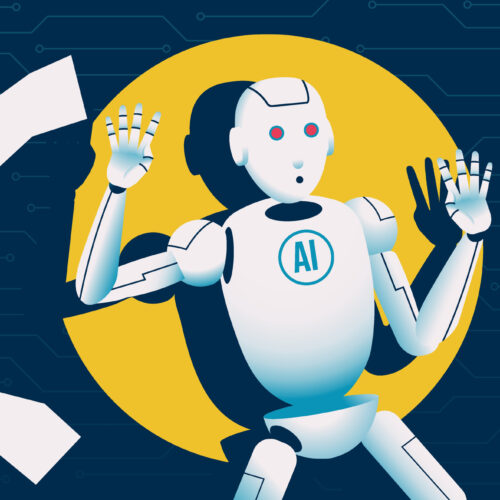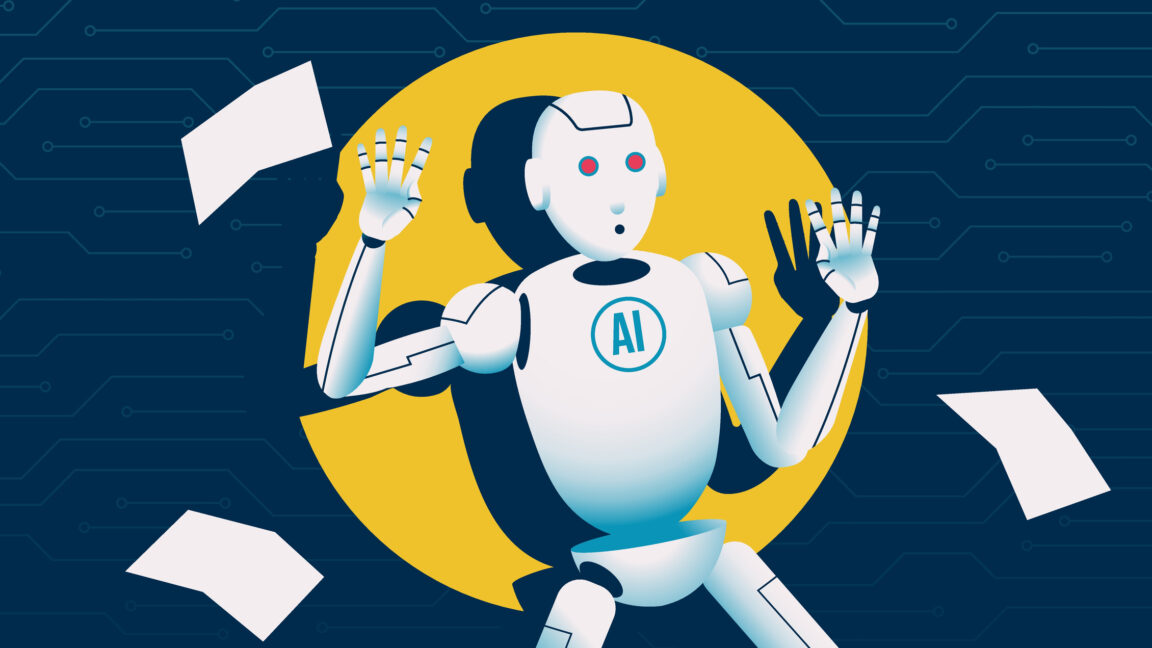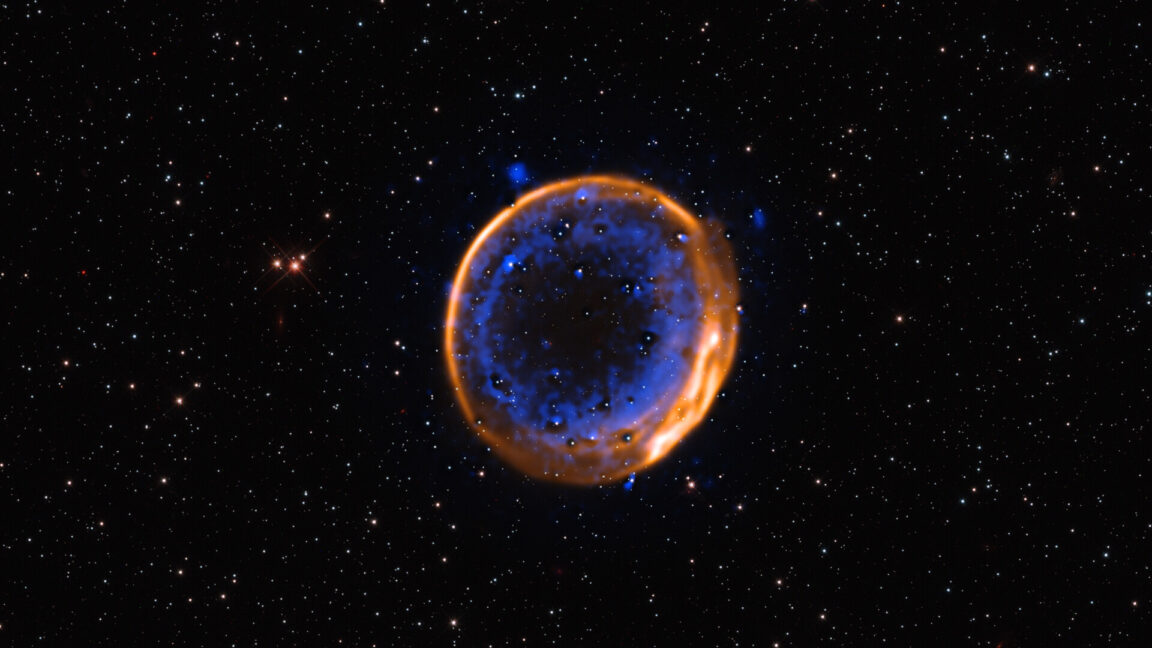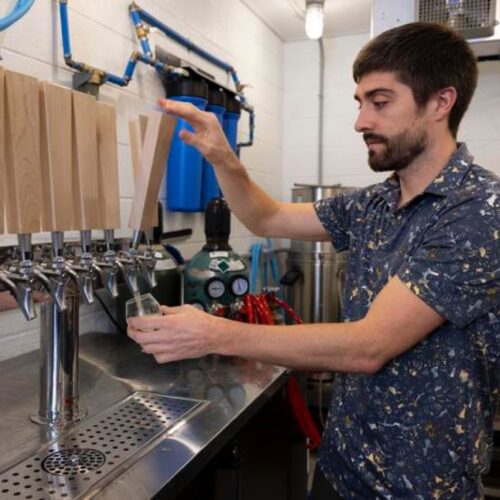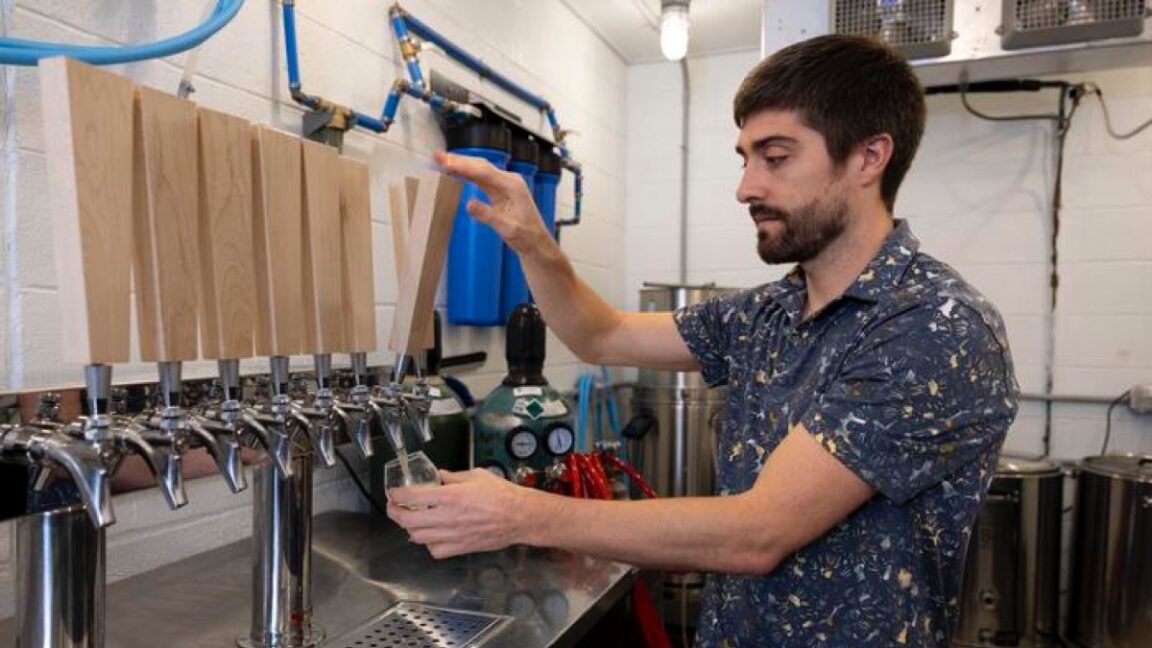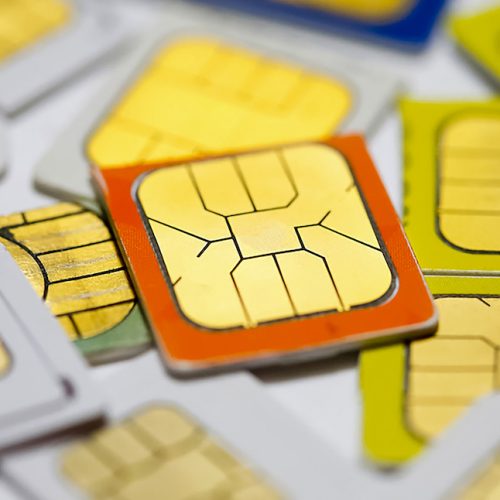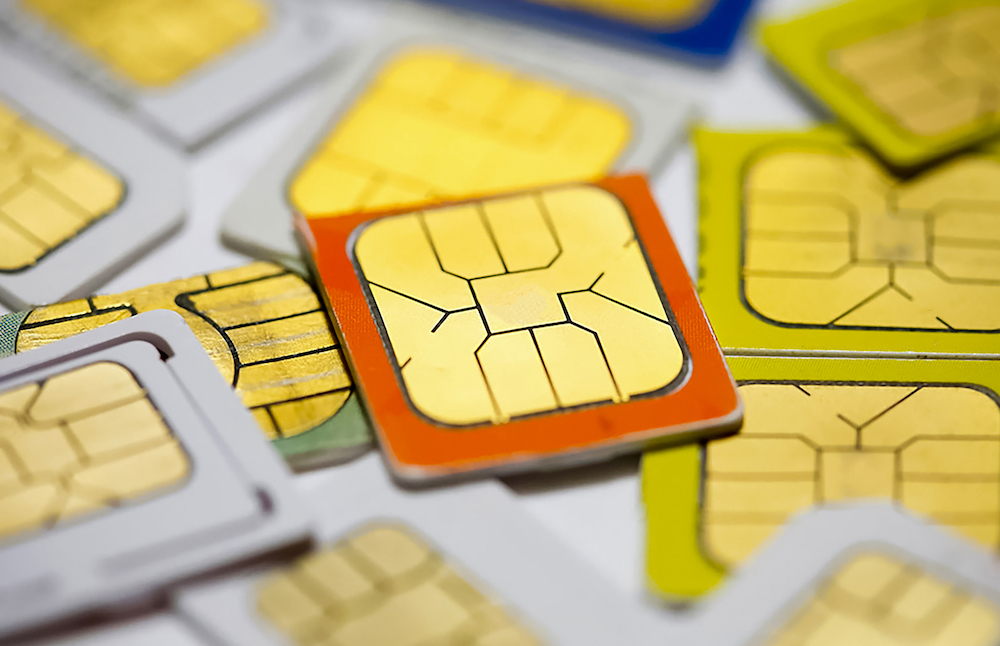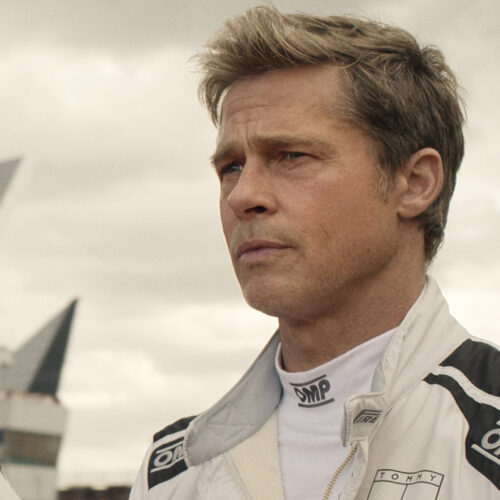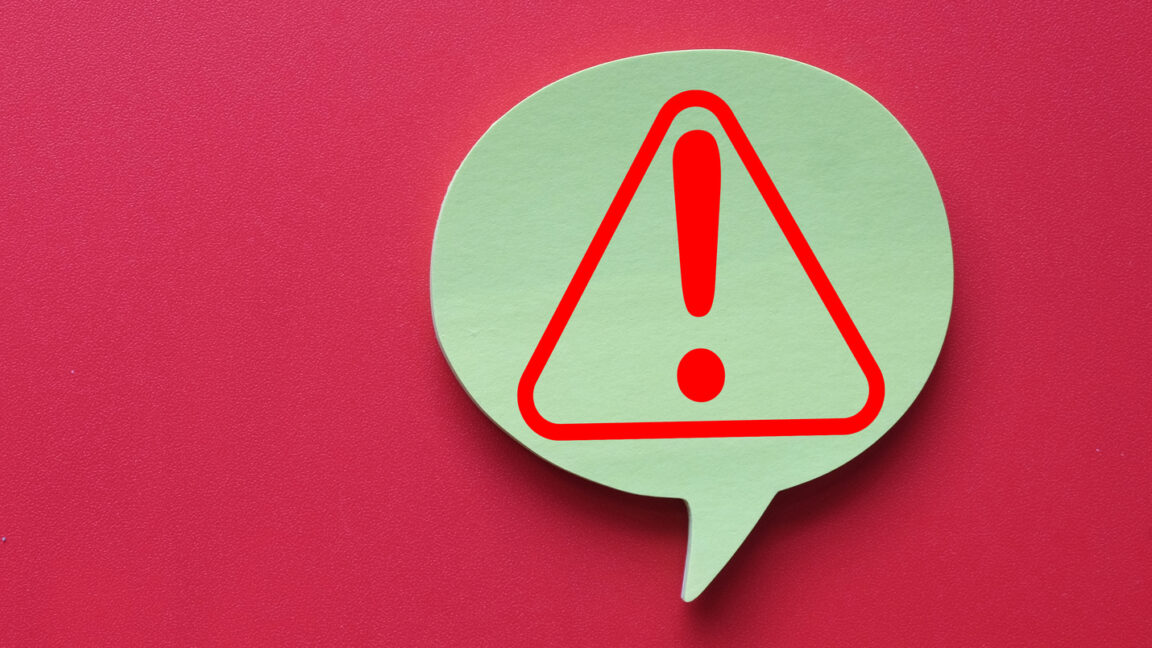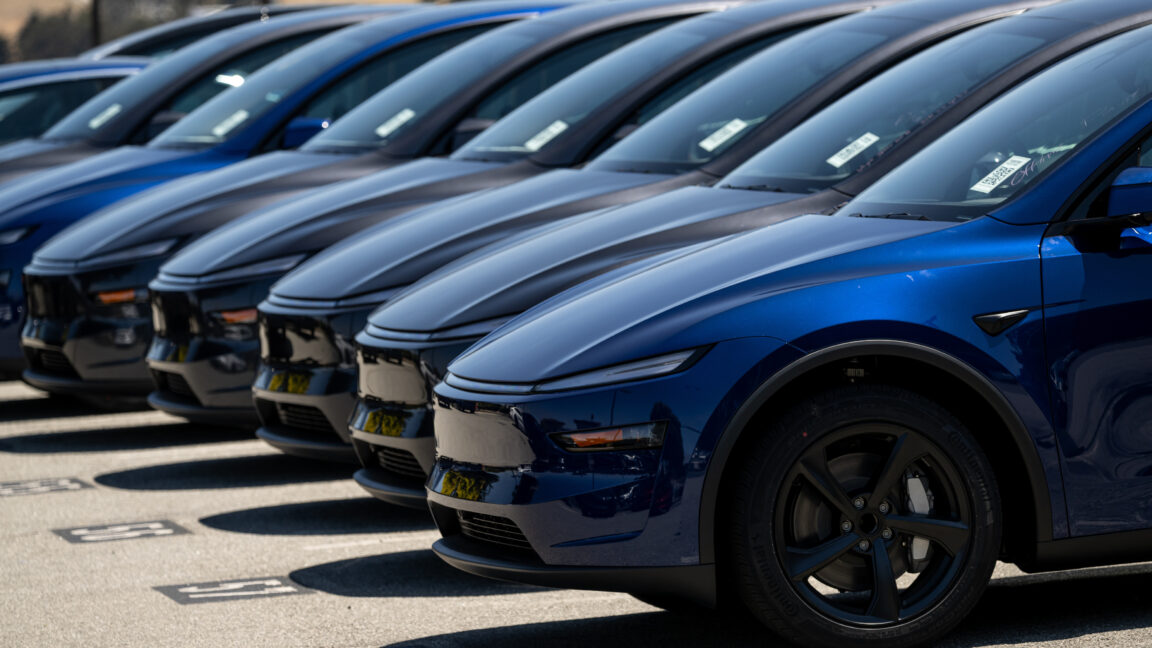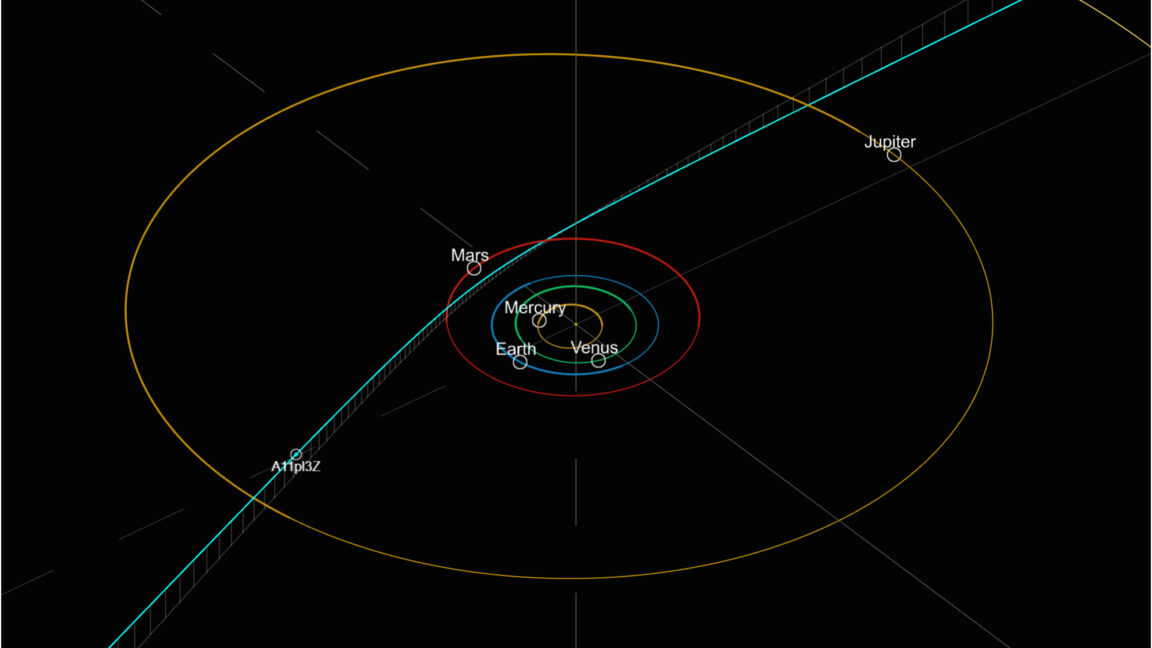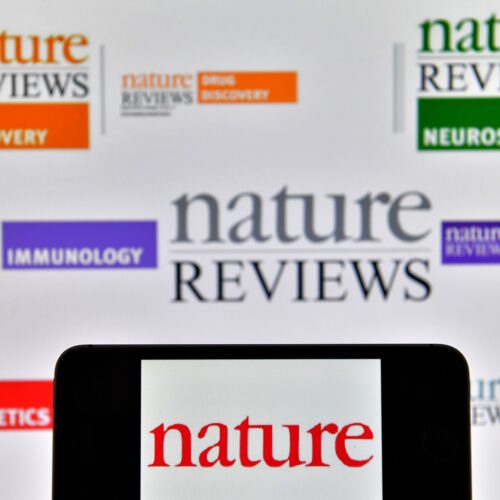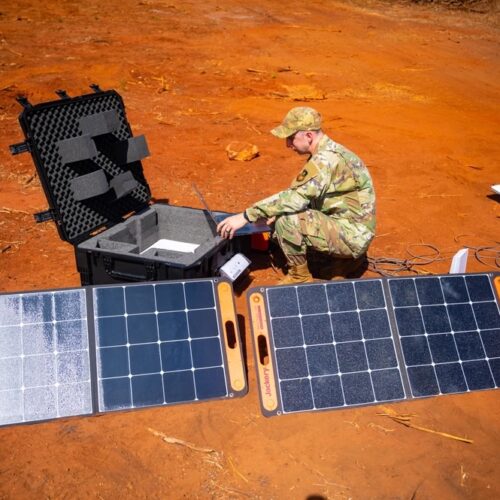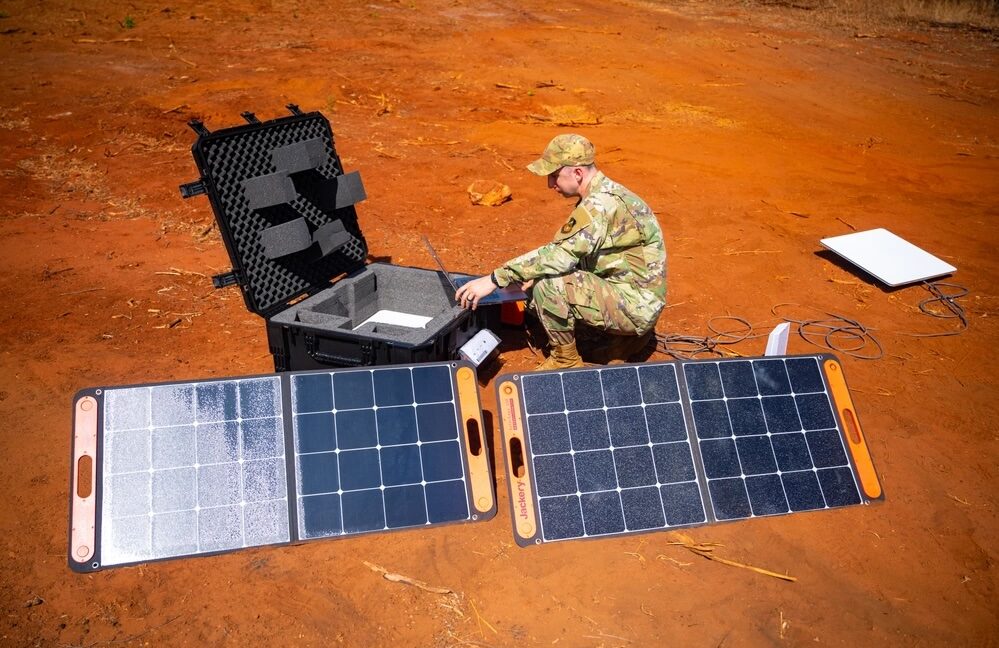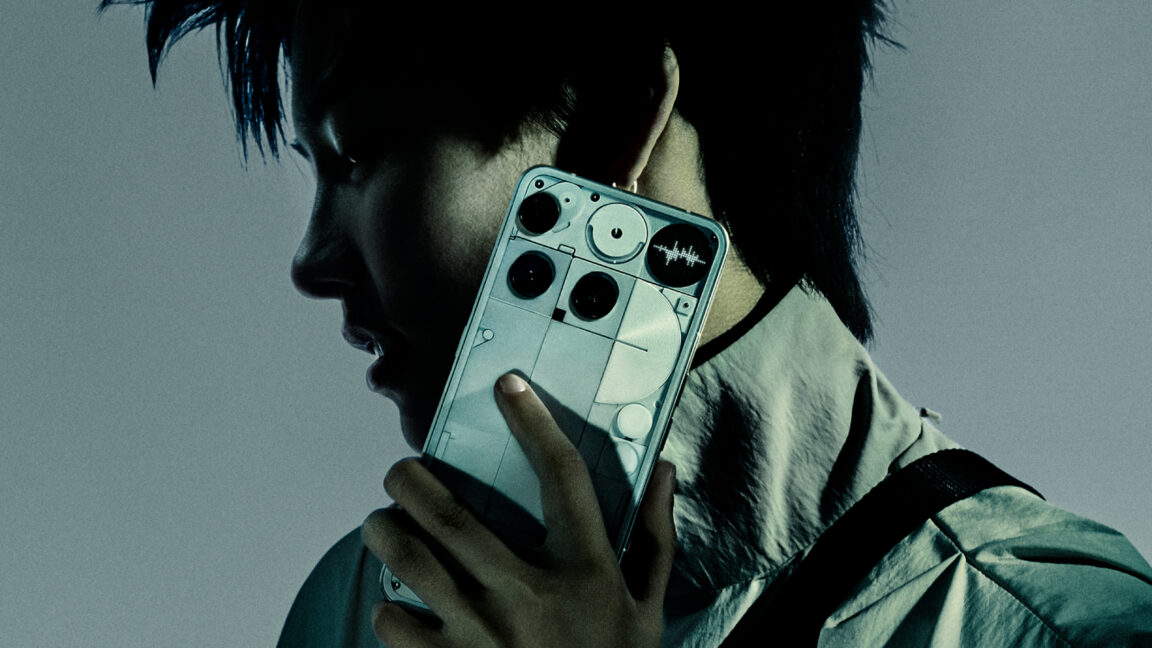TikTok is being flooded with racist AI videos generated by Google’s Veo 3
The release of Google's Veo 3 video generator in May represented a disconcerting leap in AI video quality. While many of the viral AI videos we've seen are harmless fun, the model's pixel-perfect output can also be used for nefarious purposes. On TikTok, which may or may not be banned in the coming months, users have noticed a surplus of racist AI videos, courtesy of Google's Veo 3.
According to a report from MediaMatters, numerous TikTok accounts have started posting AI-generated videos that use racist and antisemitic tropes in recent weeks. Most of the AI vitriol is aimed at Black people, depicting them as "the usual suspects" in crimes, absent parents, and monkeys with an affinity for watermelon. The content also targets immigrants and Jewish people. The videos top out at eight seconds and bear the "Veo" watermark, confirming they came from Google's leading AI model.
The compilation video below has examples pulled from TikTok since the release of Veo 3, but be warned, it contains racist and antisemitic content. Some of the videos are shocking, which is likely the point—nothing drives engagement on social media like anger and drama. MediaMatters reports that the original posts have numerous comments echoing the stereotypes used in the video.
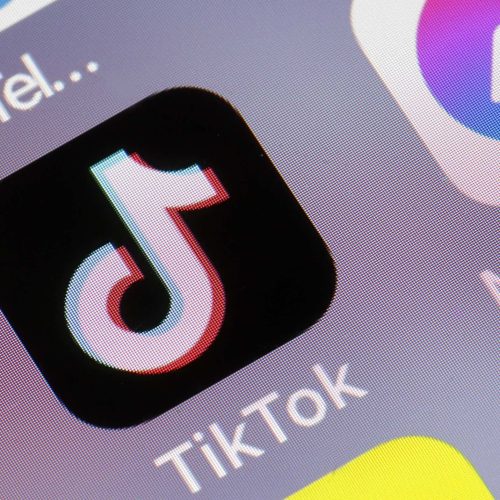
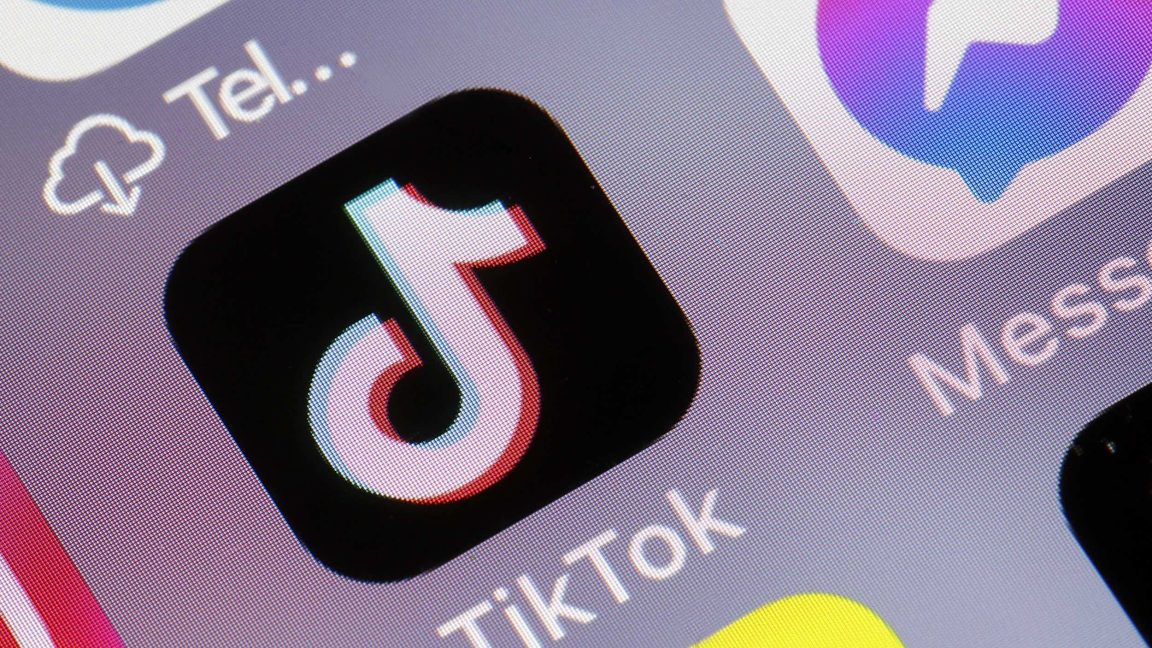
© Getty Images | Chesnot
